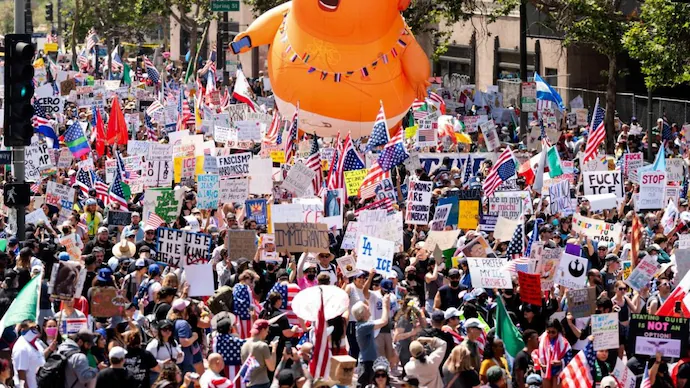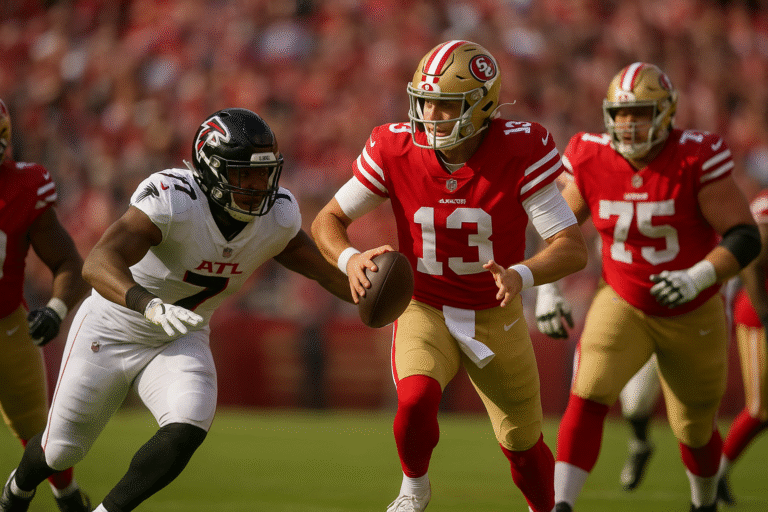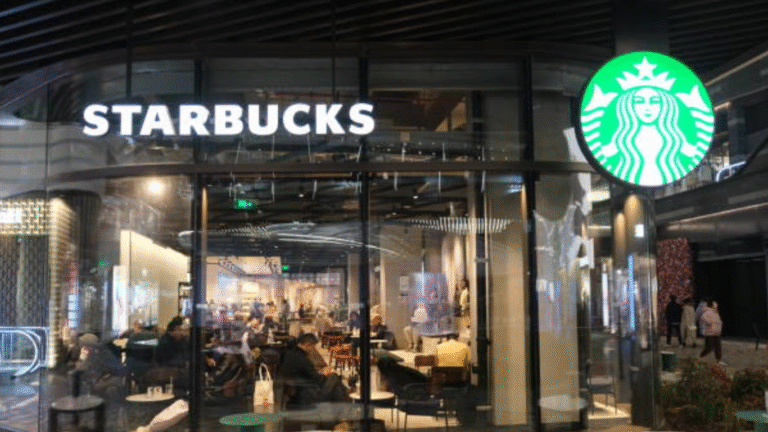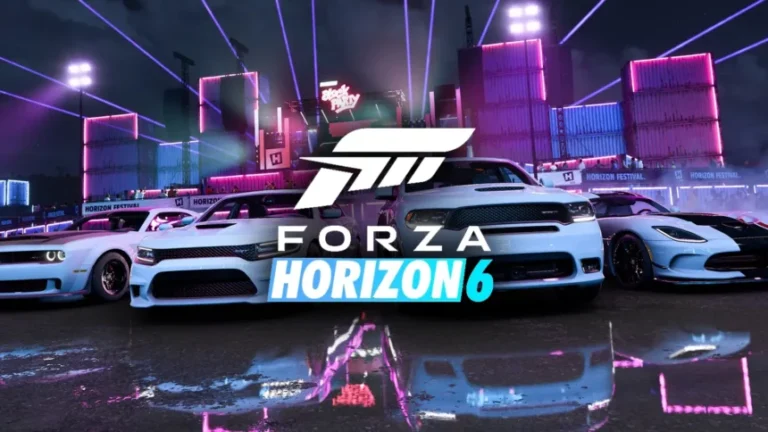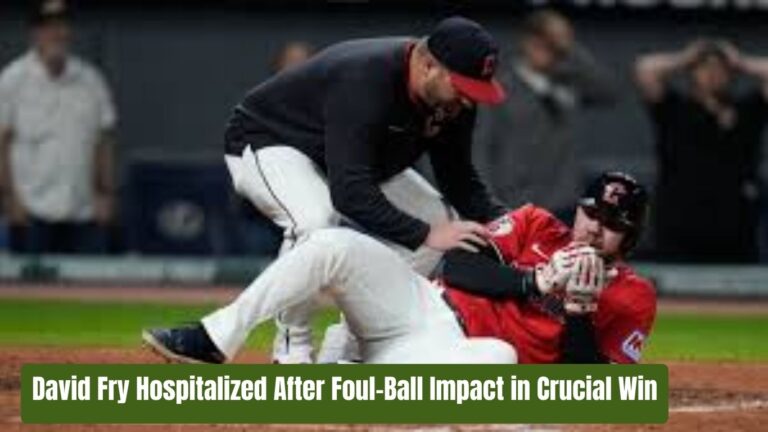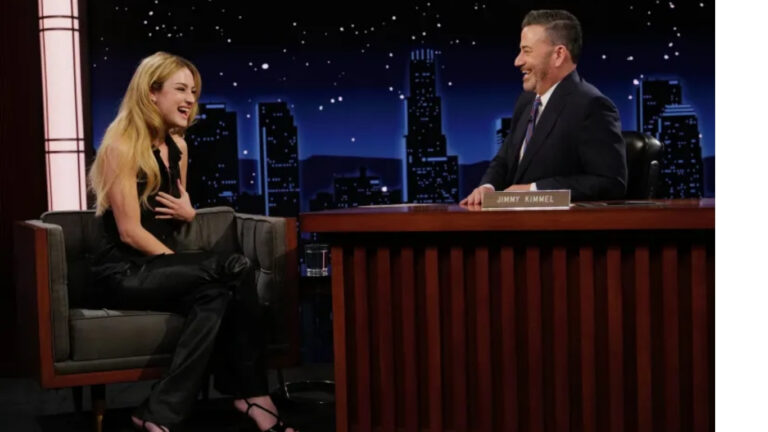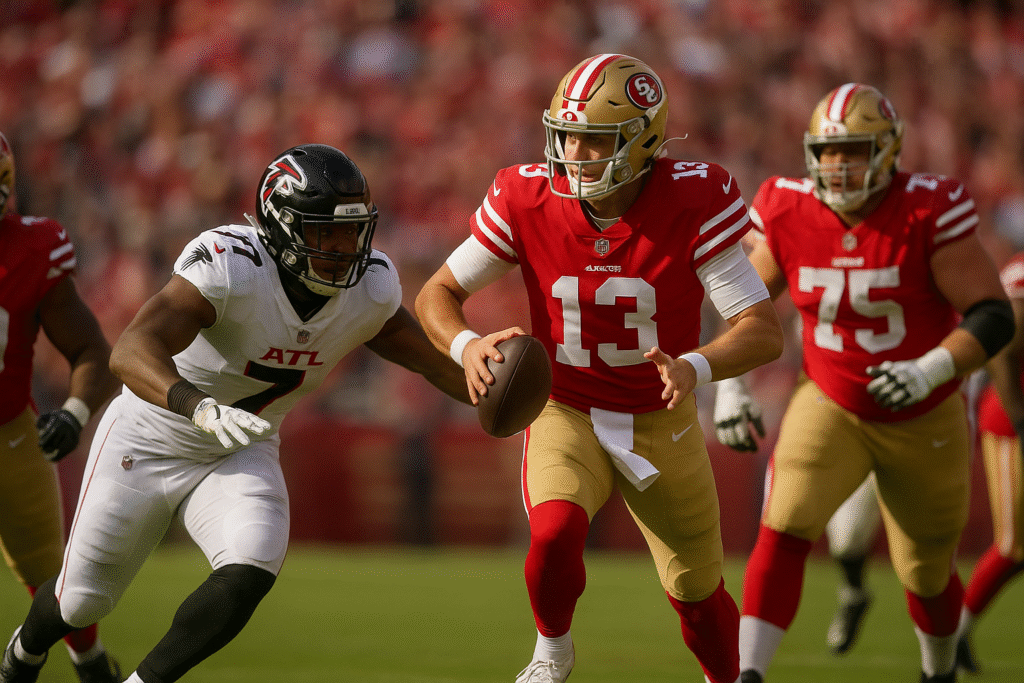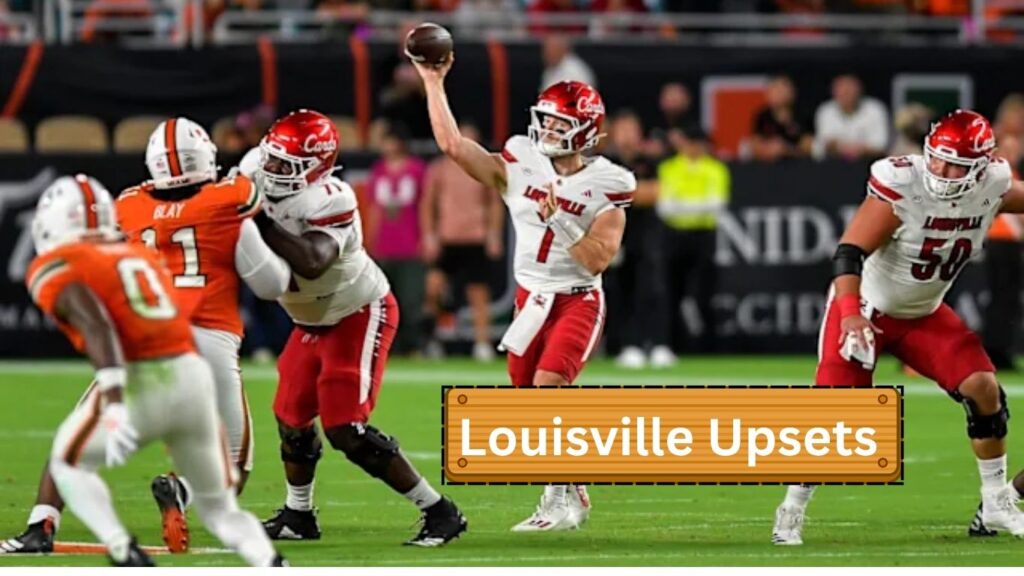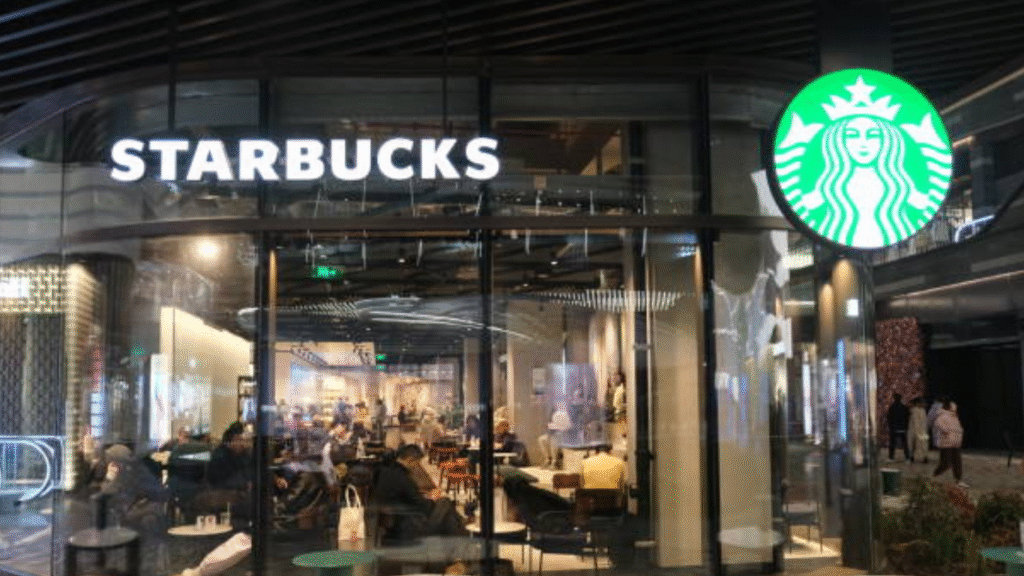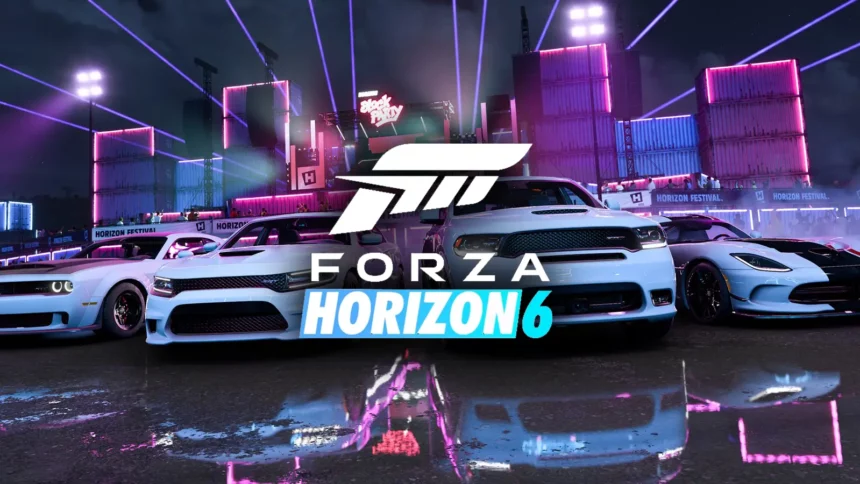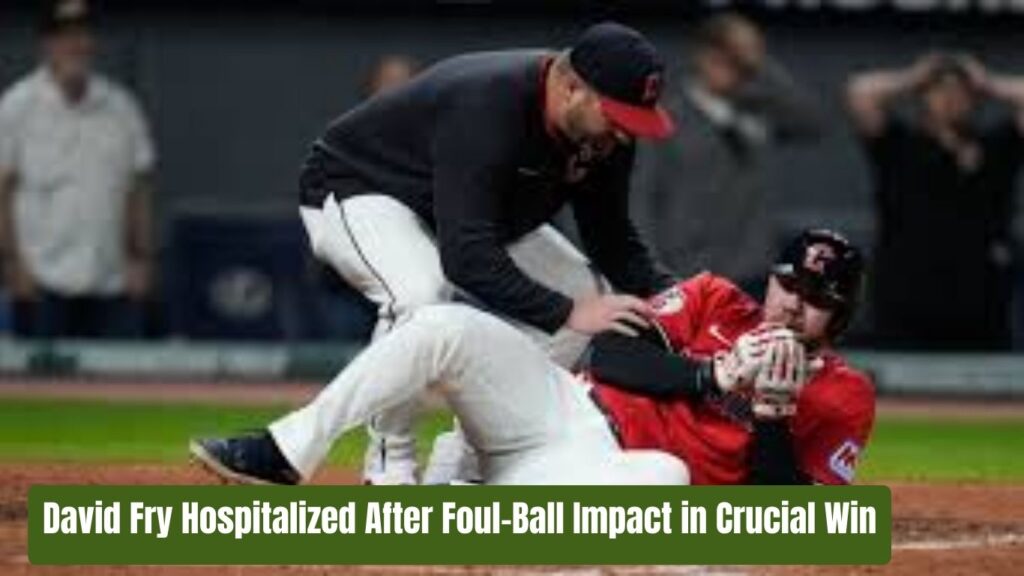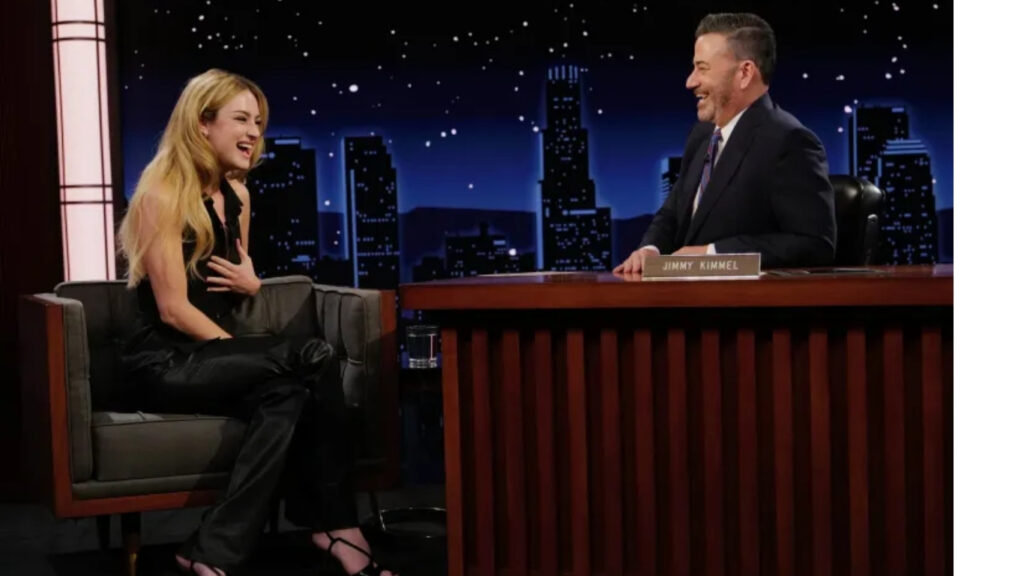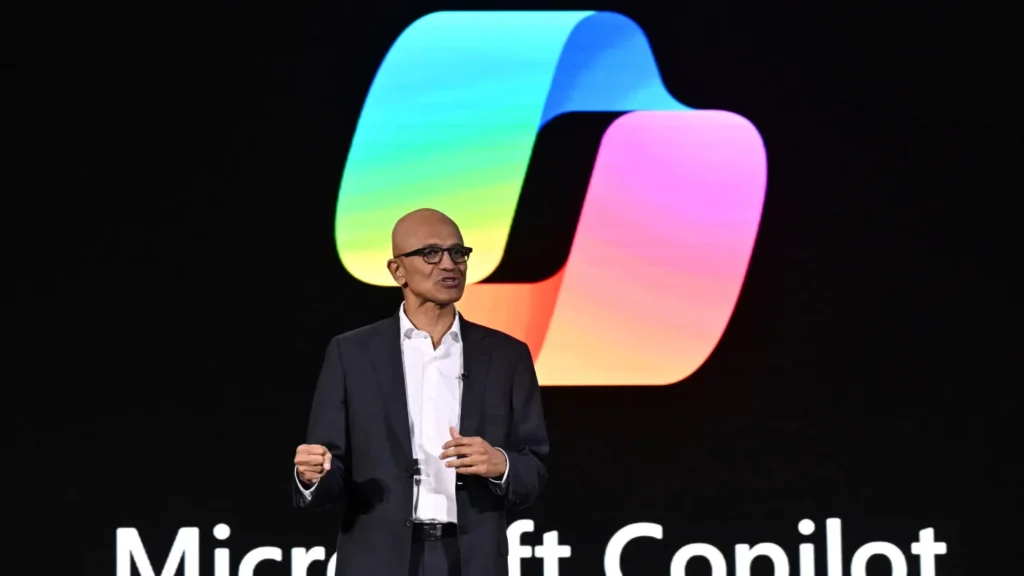Salt Lake City’s King’s Day protest was meant to be a peaceful rally to raise voices against authoritarianism and inequality. But what began as a celebration of civic freedom quickly turned into a nightmare. An armed individual, later identified as Arturo Gamboa, fired shots during the gathering, leaving the public shocked and the city reeling.
In a time where protests have become powerful expressions of democracy, this shooting struck a deep nerve. Why did Arturo Gamboa choose violence? What led to the confrontation? And most importantly—what does this incident mean for the future of public protests in Utah?
This blog explores everything known about Arturo Gamboa, the protest, the shooting, the public response, and the legal and social consequences that followed. This is not just a story of a single man’s actions. It’s a reflection of growing tension in modern civic life.
Who Is Arturo Gamboa?
Arturo Gamboa is not a name that was widely recognized before this shooting. A 36-year-old Utah resident, Gamboa had no major criminal record and lived a quiet life in Salt Lake City’s Glendale neighborhood. Neighbors described him as reserved, sometimes aloof, but not overtly aggressive.
However, recent social media activity linked to Arturo Gamboa suggested growing frustration with local activism. Screenshots of now-deleted posts pointed to an escalating hostility toward protestors, particularly those who aligned with progressive causes.

Some online investigators found that Arturo Gamboa had previously posted comments critical of movements advocating for police reform and racial justice. Although he wasn’t a public figure, his digital trail revealed a man at odds with changing civic sentiments.
What makes Arturo Gamboa’s case unusual is how suddenly it escalated. No one expected this soft-spoken man to walk into a protest and open fire. There were no public threats, no prior altercations, and no law enforcement watchlist. That silence made the event all the more terrifying.
The Protest and Its Purpose
The protest where the shooting occurred was organized by No Kings Salt Lake, a grassroots group advocating for anti-authoritarian policies, community-led governance, and police accountability. Scheduled on King’s Day, the event was part of a larger movement commemorating liberation struggles and civil rights victories.
The atmosphere before the attack was peaceful. Families gathered. Volunteers handed out water bottles. Activists delivered speeches about freedom, history, and unity. It was not a volatile setting it was a celebration of civic courage.
The protest was held in Liberty Park, a known venue for large civic events in Salt Lake City. Police were informed ahead of time and remained on standby at a distance. Protestors included college students, senior citizens, and children.
That’s what made the attack so unexpected. Arturo Gamboa’s appearance and actions shattered the sense of safety people assumed in public expression spaces.
Timeline of the Shooting
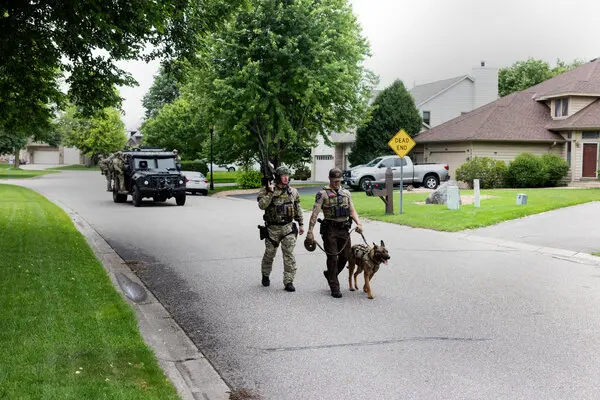
Based on eyewitness reports and official police timelines, the chain of events unfolded quickly and without warning:
- 2:15 PM – Protestors assembled near the Liberty Park amphitheater. Music, chants, and speeches continued peacefully.
- 2:40 PM – Arturo Gamboa was seen loitering near the northern edge of the gathering. Witnesses say he appeared agitated, muttering to himself.
- 2:47 PM – Without warning, Gamboa pulled a handgun from his jacket and began firing. He aimed in the general direction of the speakers’ platform.
- 2:49 PM – A trained peacekeeper employed by the event’s organizers returned fire, hitting Arturo Gamboa in the shoulder.
- 2:53 PM – Police units arrived on scene, subdued Gamboa, and began rendering first aid. No protestors were seriously injured.
The entire incident lasted just under 10 minutes but left an emotional scar on everyone present. While Arturo Gamboa survived his injury, his actions would soon spark outrage and lead to a deep legal battle.
Law Enforcement Response
Salt Lake City Police Chief Emma Hargrove addressed the public within hours of the event. In her briefing, she emphasized that the swift intervention of the event’s peacekeeper prevented what could have become a mass casualty situation.
“Had it not been for the trained peacekeeper, this could’ve turned into an unspeakable tragedy. Arturo Gamboa endangered dozens of lives,” said Chief Hargrove.
The peacekeeper, whose name was withheld for safety reasons, was later praised for acting within Utah’s “Stand Your Ground” law.
Officers later searched Arturo Gamboa’s apartment and vehicle. They confiscated several electronic devices, a loaded rifle, and a journal that included anti-government rants. While officials stopped short of labeling him a domestic terrorist, they confirmed that ideological motivations were being investigated.
The police made it clear this was not random. Arturo Gamboa targeted the protest specifically. Whether or not he acted alone is still being looked into.
Public and Political Reactions
The public reaction to the Arturo Gamboa protest shooting was swift and emotional. Vigils were held at Liberty Park the next evening. Community leaders, including those who had organized the protest, returned to reclaim the space with a unified message: violence will not silence activism.
Local elected officials condemned the shooting. Salt Lake City Mayor Erin Mendenhall stated:
“We will protect our right to peaceful protest. What Arturo Gamboa did is an attack on democracy, and it will not stand.”
Utah Governor Spencer Cox also commented, offering condolences and support for stricter protest safety measures. While political factions interpreted the incident differently, the overall sentiment was one of shock and urgency.
For many Salt Lake City residents, this event was a wake-up call. Protesting in Utah had never felt dangerous before. Arturo Gamboa’s actions changed that overnight.
Legal Actions and Charges
Within 24 hours, Arturo Gamboa was formally charged with multiple felonies:
- Attempted aggravated murder
- Aggravated assault with a deadly weapon
- Unlawful discharge of a firearm
- Disruption of a public gathering
- Carrying a weapon with intent to intimidate
Prosecutors have stated they may pursue additional charges depending on the outcome of the ongoing investigation.
Arturo Gamboa’s initial court appearance was brief. His defense attorney requested a psychological evaluation, suggesting that mental instability may have played a role in the shooting. Prosecutors opposed bail, citing the severity of the offense and risk to public safety.
If convicted on all counts, Arturo Gamboa faces a sentence ranging from 25 years to life imprisonment.
Social Media and Public Sentiment
Online platforms erupted in discussion about Arturo Gamboa and the protest shooting. Hashtags like #JusticeForSaltLake, #ArturoGamboa, and #NoKingsSLCPeace trended across Twitter, TikTok, and Reddit.
The tone online was a mix of solidarity and anxiety. Many praised the peacekeeper for acting quickly. Others demanded stronger regulations for public event security. There was also a growing call for mental health screenings tied to gun ownership.
However, social media also became a battleground for misinformation. Unverified claims about Arturo Gamboa’s affiliations spread quickly. Activist groups urged the public to rely on verified news sources and avoid spreading rumors.
Gun Laws and Public Demonstrations in Utah
Utah’s gun laws have long been among the most permissive in the country. The state allows open carry and does not require a permit for concealed weapons under HB60, passed in 2021.
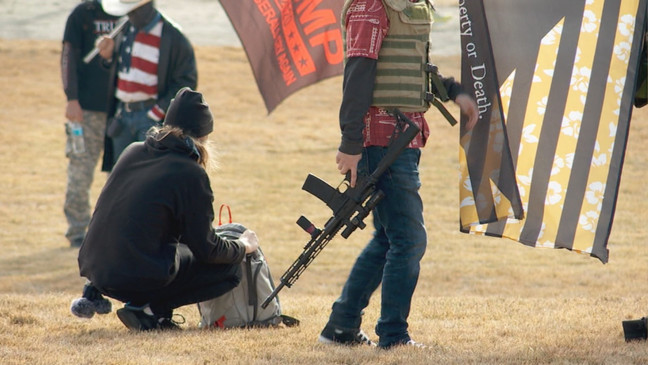
While Utahans have the right to bear arms, there are legal limits especially when it comes to intimidating behavior or interference with peaceful assemblies. Arturo Gamboa clearly crossed those lines.
In response to the shooting, several local lawmakers have proposed:
- Designated weapon-free protest zones
- Mandatory background checks for public event security
- De-escalation training for armed civilians
Whether these proposals gain traction remains to be seen, but the Arturo Gamboa case has made clear that protest safety can no longer be taken for granted.
The Salt Lake City protest shooting was more than just a violent outburst it was a turning point for Utah’s civic life. Arturo Gamboa transformed a peaceful demonstration into a headline-grabbing moment of fear, confusion, and ultimately resilience.
Key lessons from the event include:
- Vigilance is essential at public demonstrations, even in peaceful cities like Salt Lake.
- Arturo Gamboa’s motives, while not fully understood, reflect growing tension around political expression.
- Legal and social systems must adapt to prevent similar incidents without curbing civil liberties.
- Community action and solidarity remain our strongest tools in times of crisis.
As Salt Lake City moves forward, the hope is that this tragedy will lead to stronger protections for protestors, better awareness of mental health and gun safety, and a renewed commitment to peaceful civic engagement.
Arturo Gamboa’s name may be remembered for the wrong reasons but how we respond to his actions will define the next chapter of public discourse in Utah.

